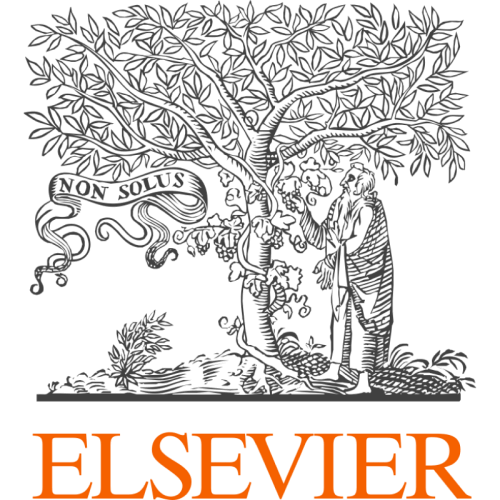International Ophthalmology, volume 40, issue 6, pages 1429-1437
Choroid vascularity index as a parameter for chronicity of Fuchs’ uveitis syndrome
Muhammet Derda Ozer
1
,
Muhammed Batur
1
,
Serek Tekin
1
,
Erbil Seven
1
,
Fatih Kebapci
1
Publication type: Journal Article
Publication date: 2020-02-15
Journal:
International Ophthalmology
scimago Q2
wos Q3
SJR: 0.642
CiteScore: 3.1
Impact factor: 1.4
ISSN: 01655701, 15732630
PubMed ID:
32062808
Ophthalmology
Abstract
This study aimed to compare the choroidal vascularity index (CVI) of eyes having Fuchs’ uveitis syndrome (FUS) with healthy fellow eyes (N). This prospective, cross-sectional study included unilateral FUS cases and an age- and gender-matched healthy control group. Thirty-nine participants were included in the FUS group, and 24 age- and gender-matched individuals were randomly selected for the control group. Endothelial cell density (ECD) was measured using Tomey specular microscopy. Spectral-domain optical coherence tomography was used to acquire the choroidal images, and binarization was applied to the images. Two blinded investigators analyzed the CVI in both eyes of the FUS cases and the right eyes of the healthy control group. CVI was found to be significantly decreased in FUS (p < 0.001). Additionally, ECD had a strong positive correlation with CVI (r = 0.383, p = 0.008). CVI may provide information about the chronicity of the disease.
Nothing found, try to update filter.
Ağın A., Kadayıfçılar S., Sönmez H.E., Baytaroğlu A., Demir S., Sağ E., Özen S., Eldem B.
Agarwal A., Agrawal R., Khandelwal N., Invernizzi A., Aggarwal K., Sharma A., Singh R., Bansal R., Sharma K., Singh N., Gupta V.
Ratra D., Tan R., Jaishankar D., Khandelwal N., Gupta A., Chhablani J., Agrawal R.
Koh L.H., Agrawal R., Khandelwal N., Sai Charan L., Chhablani J.
Balci O., Ozsutcu M.
Alfawaz A.M., Holland G.N., Yu F., Margolis M.S., Giaconi J.A., Aldave A.J.
Tan K., Laude A., Yip V., Loo E., Wong E.P., Agrawal R.
Kardes E., Sezgin Akçay B.I., Unlu C., Ergin A.
Agrawal R., Salman M., Tan K., Karampelas M., Sim D.A., Keane P.A., Pavesio C.
Szepessy Z., Tóth G., Barsi Á., Kránitz K., Nagy Z.Z.
Are you a researcher?
Create a profile to get free access to personal recommendations for colleagues and new articles.
Metrics
13
Total citations:
13
Citations from 2024:
6
(46%)
















